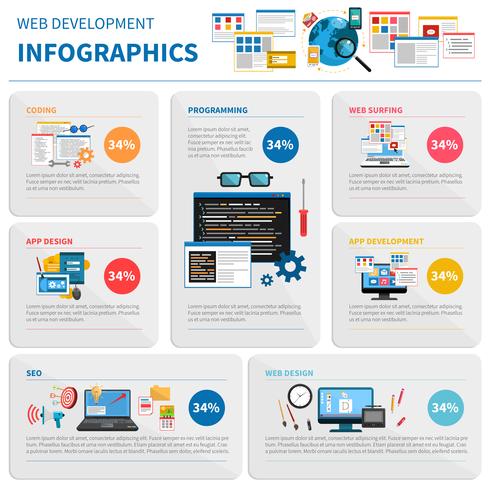Intrigued In Learning How Site Design Has Changed Over The Years? Explore The Journey
Intrigued In Learning How Site Design Has Changed Over The Years? Explore The Journey
Blog Article
Write-Up Created By-Hartley Stender
In the past, internet sites were easy and concentrated on details. Navigation was straight, and style was for desktop computers. Now, individual experience is vital. Data overviews designs for easy navigation. Receptive layouts suit different gadgets. Today, dark mode lowers strain, and minimalist menus enhance navigation. Interactive functions engage individuals, and bold visuals stand apart. AI combination improves involvement. See exactly how https://www.businessinsider.com/seo-tips-for-search-engine-optimization-2011-7 has progressed to enhance your online journey.
Early Days of Web Design
In the very early days of website design, simpleness preponderated. Internet sites were standard, with minimal shades, font styles, and formats. The emphasis got on supplying details as opposed to showy visuals. Individuals accessed the web via slow-moving dial-up links, so rate and functionality were crucial.
Navigation menus were straightforward, usually situated at the top or side of the page. Websites were developed for home computer, as mobile surfing wasn't yet common. Material was king, and designers focused on easy readability over complicated design aspects.
HTML was the primary coding language utilized, and designers needed to function within its constraints. Animations and interactive functions were very little contrasted to today's standards. Websites were static, with little dynamic content or personalized individual experiences.
Surge of User-Focused Design
With the development of internet site design, a change in the direction of user-focused layout principles has become progressively popular. Recommended Web page , creating web sites that prioritize user experience is important for engaging site visitors and attaining service objectives. User-focused style involves understanding the demands, preferences, and habits of your target market to customize the internet site's design, content, and includes appropriately.
Developers now conduct extensive research study, such as individual surveys and functionality screening, to gather insights and comments directly from users. This data-driven technique helps in creating instinctive navigation, clear calls-to-action, and aesthetically enticing user interfaces that resonate with site visitors. By placing the customer at the center of the design procedure, internet sites can deliver a much more personalized and satisfying experience.
Responsive design has additionally become a key aspect of user-focused design, making certain that internet sites are enhanced for various tools and screen dimensions. This adaptability boosts accessibility and functionality, satisfying the diverse ways customers communicate with sites today. Essentially, the increase of user-focused design indicates a change towards developing electronic experiences that prioritize the needs and expectations of the end individual.
Modern Trends in Web Design
Discover the most recent fads shaping web design today. One famous fad is dark mode layout, supplying a smooth and modern-day appearance while lowering eye stress in low-light atmospheres. An additional vital trend is minimalist navigation, streamlining menus and enhancing individual experience by focusing on essential elements. Incorporating micro-interactions, such as animated switches or scrolling effects, can produce an extra engaging and interactive website. Receptive layout remains important, guaranteeing seamless user experiences across different gadgets. Additionally, making use of vibrant typography and unbalanced formats can add aesthetic passion and draw attention to details web content.
Integrating AI innovation, like chatbots for consumer assistance or tailored recommendations, improves individual engagement and improves processes. Access has additionally come to be a considerable trend, with developers prioritizing comprehensive style practices to cater to diverse customer requirements. Accepting sustainability by maximizing internet site performance for speed and efficiency is one more arising pattern in web design. Working together with customer feedback and data analytics to repeat and improve layout continuously is essential for remaining relevant in the ever-evolving electronic landscape. By embracing these contemporary patterns, you can create a visually appealing, user-friendly website that resonates with your audience.
Final thought
As you review the development of web site style from the very early days to currently, you can see how user-focused design has actually become the driving pressure behind modern fads.
Accept the journey of adjustment and adaptation in web design, always maintaining the individual experience at the forefront.
Remain present with the current patterns and innovations, and never stop advancing your approach to produce visually magnificent and user-friendly websites.
Progress, adjust, and develop - the future of website design is in your hands.
